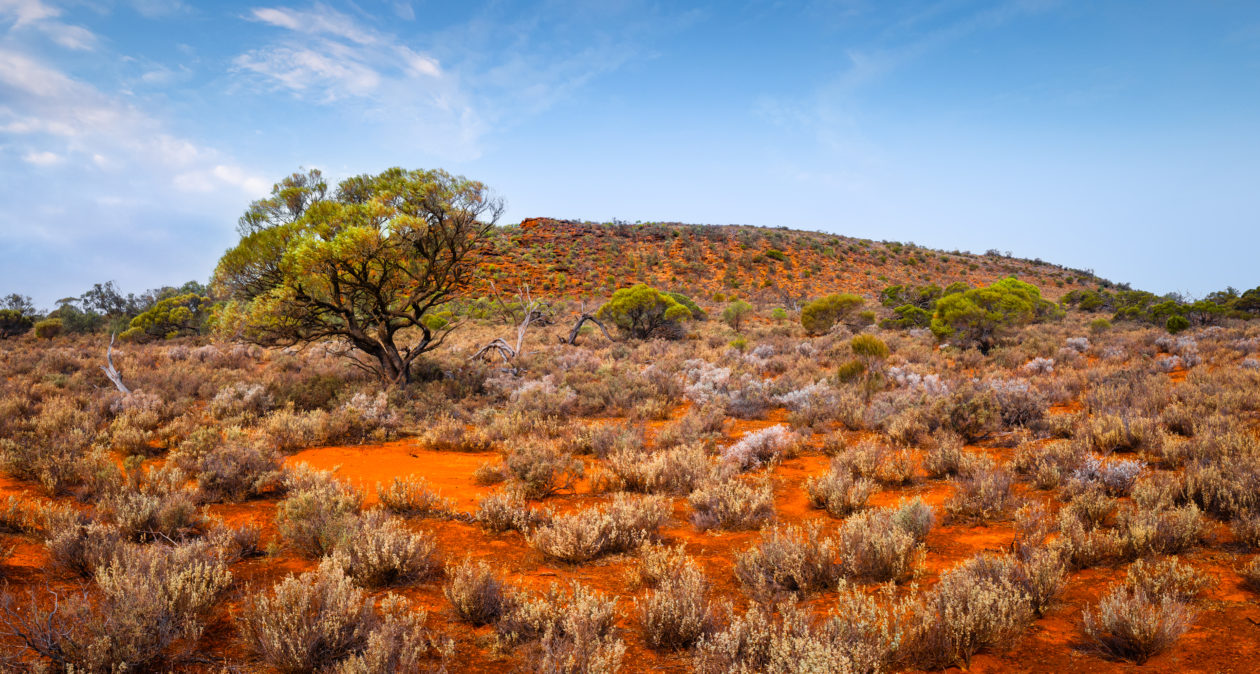With plenty of sunshine and open spaces, Australia is perfectly positioned to take advantage of large-scale Bitcoin operations, but they won’t be built where you might expect, experts say.
Australia’s regulators are also slowly seeing the potential for the industry. A recent report released by a parliamentary inquiry into the burgeoning crypto industry recommended the government introduce a 10% tax concession for any mining operation that sources 100% of its energy from renewable sources.
With the recent push in the Bitcoin mining industry to rely on renewable energy sources, Australia’s deserts, which make up nearly 20% of the country’s landmass, might seem like the perfect place for the burgeoning industry to draw on the abundant availability of solar energy.
“Australia has a fantastic opportunity to be a Bitcoin mining hub,” said Nick Hughes-Jones, chief commercial officer for Australian Bitcoin mining operator Mawson Infrastructure Group, in an interview with Forkast. “There’s a lot of inbound interest at present from solar farms.”
But Hughes-Jones says there’s more to Bitcoin mining than simply connecting to a solar power grid, and Australia’s deserts, which often experience weeks of +40°C temperatures at a time, might be one of the worst places to mine Bitcoin. Through a partnership with renewable energy firm Quinbrook Infrastructure Partners, Mawson operates Australia’s largest Bitcoin mining operation, which also happens to be powered by 100% renewable sources.
Located in the coastal town of Byron Bay, Mawson’s facility draws its power from Quinbrook’s biomass energy production facility. Biomass energy is made by turning any recently living plant or animal matter that can be converted into liquid or gaseous fuels to produce energy. In this facility, the mass mainly comes from sugar cane milling waste.
Mawson’s mining operation draws roughly 20 megawatts of power while adding roughly 0.4 exahashes to the global mining pool, but they are in the process of growing the facility.
“Byron Bay is a site we are really proud of,” Hughes-Jones said. “Quinbrook is a great partner. They have 17 gigawatts of green energy assets in development across the US/UK/Australia. In this business, you need to find partners like that as it is a scale game.”
Located about halfway up Australia’s east coast, there is a reason the Mawson facility is built where it is, instead of in the middle of the desert. While deserts offer abundant solar energy and open land in sparsely populated areas, any savings from solar power would be quickly offset by the cost of cooling the mining rigs in such a hot climate.
As such, any further facilities are more likely to be built in the country’s south, ideally in the states of Tasmania or Victoria, where average temperatures are much lower than in most of the rest of the country. The Byron Bay location may even be slightly higher than would be ideal if it weren’t for the partnership with Quinbrook.
Additional cooling could be to immerse the mining rigs in a dielectric fluid which can decrease cooling costs by 20-30% while increasing resistance to damage through dust and physical damage, though does increase the cost of the facility quite considerably.
The other major factor is ensuring the facility is located as close as possible to electrical infrastructure to avoid as much energy dissipation through transmission as possible. While each project must be examined on a case-by-case basis, in a modern power grid it is estimated that roughly 6% of energy is lost in the transmission and distribution process by the time it reaches homes.
Australia’s Treasurer Josh Frydenberg recently announced the largest overhauls to the digital payments industry in 25 years and made cryptocurrency a central part of that strategy. Some hurdles remain for the country’s mining industry, however, as the recommendation for the tax discount for renewably sourced energy from Senator Andrew Bragg, a crypto proponent, was not included in this plan.
“A little disappointed they didn’t approve that particular component,” said Hughes-Jones, adding that perhaps the wording of the recommendation was too vague and could be revisited again in the future. “But it doesn’t deter Mawson from pursuing renewable energy projects in Australia.” The global Bitcoin mining hashrate currently sits at an all-time high of 208.875 exahashes per second, according to data from Blockchain.com, while Australia currently contributes 0.19% to the global hashrate.

